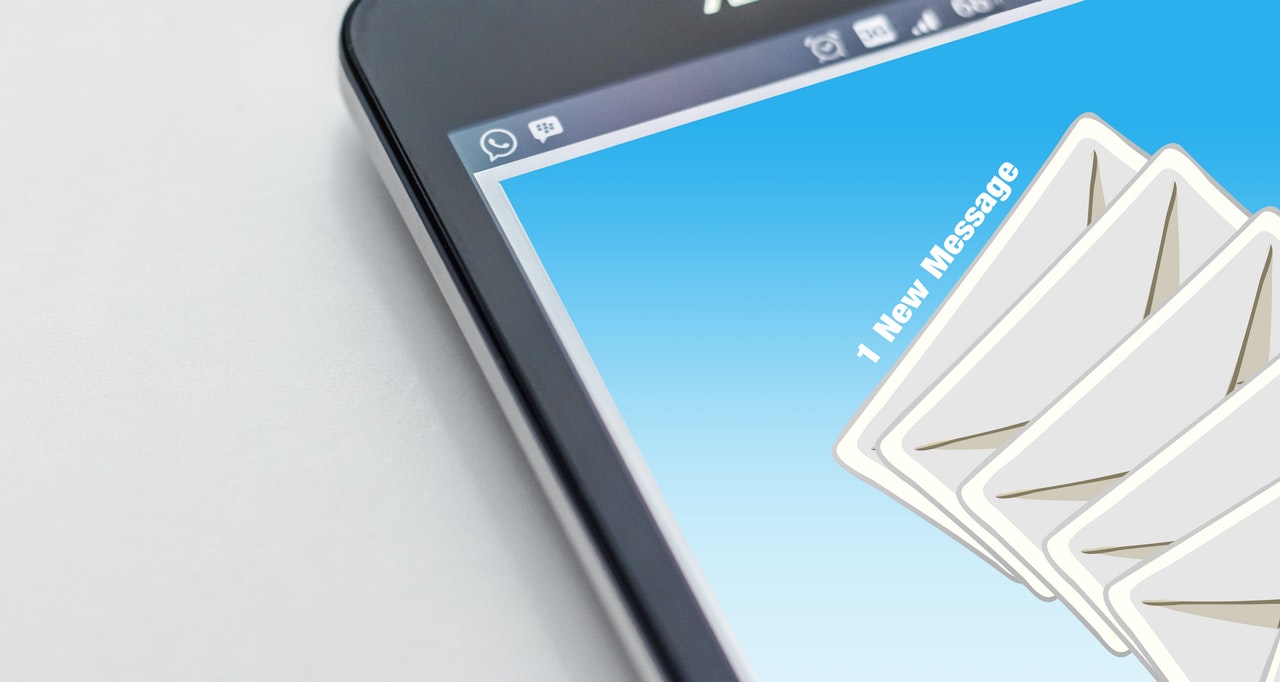Are you struggling with low email open rates? Or less-than-desirable email click-through rates? Have your email subscribers gone silent?
This post is for you.
Subscribers disengage for a lot of reasons. Perhaps your emails aren’t optimized for smartphones and other mobile devices. Maybe you’re overloading them with too much (useless) information. Or maybe they just signed up to get your lead magnet. It’s possible that your emails are boring. Also, the subscriber may have changed jobs or circumstances and your content is no longer relevant to their needs.
Whatever the case, a portion of your subscribers have lost interest. And it’s hopeless.
Wait a minute! No, it’s not. If you had the subscriber’s heart/attention/permission to email market to them, there’s always hope that you’ll get it again. Call me a hopeless romantic, but I believe in the power of the inbox.
In this post, we’re going to supercharge your dying subscribers. Let’s discuss how to launch an effective email re-engagement campaign.
Choose Which Subscribers to Re-Engage
Pick and choose which subscribers are on the brink. Some subscribers open your emails every now and then. They don’t need a re-engagement strategy. They simply need to be segmented according to their interests so that they can receive more of the emails that they care about.
The subscribers that you need to reach out to are those who haven’t opened your email within the last 90 days. Something is wrong and it’s crucial that you address their absence sooner rather than later. Make it a policy to automatically re-engage silent subscribers after a minimum of three months.
Prepare a Series of Emails
Why send one email when you can send four?
Now, that may sound a tad obsessive, but hear me out.
By sending three to four emails, you’ll get better results than if you only sent one. What if the subscriber’s inbox was crowded and they decided to select all and delete? They never got a chance to see your email. So sad.
Or what if they saw your email, but weren’t motivated by the subject line?
By sending multiple emails, you can increase your chances of maybe-possibly-hopefully striking the right note. You can play around with your subject lines and offers to get a bite, but we’ll talk more about that in a sec.
For now, just keep in mind that you’ll need to prepare a series of emails to re-engage your SaaS customer, each with the same general message, but sweetening the deal.
Here’s an example of an email re-engagement series:
Email #1: Hey, we just noticed that you’ve gone silent. Is something wrong?
Email #2: Baby, come back! Here’s why we’re awesome together.
Email #3: Baby, come back! With a sweet promo deal.
Email #4: We’re automatically unsubscribing you. Thanks for the memories.
Psst… Be sure to stop the series as soon as the subscriber responds (i.e. opens the email).
Segment Your Subscribers
Segmenting is the best, and it’s never too late to start.
Segmenting basically means that you’re grouping your subscribers based on interests, behaviors, or other characteristics. The benefit of segmenting is that you can send more personalized and relevant content that has a higher chance of engaging them.
Before you re-engage your silent subscribers, attempt to segment them based on what you already know about them. Here are a few questions to help you out:
- Have they already purchased from you?
- How much have they spent on your products?
- Were they active during their entire trial?
- How long have they been subscribed?
- Did they sign up for your email list because of a trial or a lead magnet?
- What lead magnet attracted them?
Use those questions to slice and dice your silent subscribers so that you can tailor your re-engagement emails accordingly.
Play Around With Different Subject Lines

We talked about this earlier. Subject lines are always important, but they’re essential to any email re-engagement strategy.
Email subscribers look at subjects first and then the sender. Don’t try to attract their attention with a boring subject line like, “A note from [your company name].” Grab them by the collar with an unexpected question like, “Do you miss me?” Or play up their fear of missing out with a simple, “Don’t miss out!” Or you could use another emotional trigger like the panic-inducing, “We need to talk.”
All of these subject lines have one thing in common: They speak directly to the subscriber and elicit some type of response. It’s not passive, it’s aggressive.
Give Them Reasons to Stay Subscribed
Why should they stay subscribed to your emails? Obviously, they’re ignoring your emails for a reason. But, with any hope, the reason is that they’ve simply forgotten who you are and why you matter to them.
Your re-engagement campaign is your chance to remind them of why they subscribed in the first place.
Take this opportunity to highlight the benefits of staying subscribed, such as exclusive access, email-only offers, and occasional promotions. In fact, I recommend that you create a special promotion just for your re-engagement strategy. Incentivize action by offering a discount or freebie. But make sure that you set an expiration date on the offer and also make it a single use offer to limit fraud.
Run a Contest
What’s more engaging than a contest? If you run a simple contest with an attractive prize, you will definitely draw attention. But to make sure that everyone’s in it for the right reasons, choose your prize wisely. You don’t want to give away a free MacBook because everyone wants that. Your subscriber may just briefly re-engage only to go dead again once the contest is over.
The best prize is your product. For example, you can offer a free month (or year!) or maybe award beta access to a newer version of your product. This way, you’re giving your subscribers something that brings them back to your orbit.
Invite Your Subscribers to Update Their Email Preferences
Don’t go binary. In other words, don’t just offer them two choices: 1) stay subscribed or 2) go bye-bye. There’s a third option, and it’s a happy one: Choose your preference.
Empower your subscriber. Allow them to choose what types of emails they receive (newsletters, promotional, blog updates) and how often (daily, weekly, monthly). If they initiate an unsubscribe, be sure to ask if they’d like to change their preferences instead.
By the way, it’s a good idea to add the “change preferences” option at the bottom of every email that you send. By law, you must include the unsubscribe option. But right next to that, also add “change preferences” to keep subscribers who may feel the need to tailor the content that you’re sending to them.
Get Rid of Dead Subscribers

Sometimes, you’ve just got to say goodbye.
Don’t hang on. Don’t keep dead subscribers because you like having a large email list. A large email list isn’t going to keep your business running. It’s better to have a list of 100 super-engaged subscribers than a list of 1,000 subscribers who never open your emails.
Plus, dead subscribers negatively impact your email’s deliverability. If you have a large portion of subscribers who never open your emails, it gives out a bad signal to email service providers. They label your emails as spam and may not show them in the inbox — not even to the people who legitimately want to hear from you. That’s not good. And that’s why you’ve got to cut the dead weight periodically.
It may be sad, but it needs to be done for the health of your email list. At the end of every re-engagement campaign, delete the subscribers who haven’t answered you.
Adjust Your Expectations
Even if you do everything right, you’re never going to re-engage all of your silent subscribers. Studies show that an effective campaign can re-engage about 10% of silent subscribers. But, hey, 10% is better than 0.
Additional Resources
Before you go, check out these related posts:
- How to Find Out Even More About Your SaaS Customers
- Drastically Reduce SaaS Churn By Doing This One Thing
- The Do’s and Don’ts of SaaS Customer Onboarding


